With the rising popularity of e-bikes in Australia, it brings rules and regulations that govern their use.
Electric bike legislation in Australia is designed to keep riders and pedestrians safe while allowing innovation in transport. These laws cover things like power limits, speed restrictions, helmet use, registration requirements, and others. While there are national standards, each state and territory has slight variations in their rules.
If you're thinking about buying or riding a two-wheel or 3 wheel electric bike in Australia, it’s important to understand the laws that apply to them. This guide will walk you through everything you need to know about e-bike laws in Australia.
Understanding E-Bike Classifications in Australia
First, let's start with the basics. E-bikes are divided into two main categories under Australian law:
- Pedal-assist (pedelec) e-bikes These bikes have a motor that only works when you’re pedaling. They must comply with the European standard (EN15194), which limits their motor power to 250 watts and their maximum assisted speed to 25 km/h.
- Throttle-controlled e-bikes These bikes can be powered without pedaling, using a throttle. However, they’re subject to stricter regulations and are often treated more like motorcycles. In Australia, they are allowed only if the motor power is 200 watts or less, and they don’t exceed 25 km/h.
The Key Electric Bike Standards in Australia
Australia has clear laws about e-bikes to ensure everyone's safety. These laws are similar across all states and territories, but there can be small differences. Let's break down the main rules.
- Power Output Limits As mentioned earlier, the motor on your e-bike must not exceed 250 watts for pedelec bikes or 200 watts for throttle-controlled e-bikes.
- Speed Limit The maximum speed for e-bikes in Australia is 25 km/h when using motor assistance. If you want to go faster, you’ll need to rely on your own pedaling power, but the motor won’t assist beyond this speed.
- Licensing and Registration: Standard e-bikes that meet the power and speed limits do not need a license or registration. However, if your e-bike exceeds the allowed power or speed, it may be considered a motor vehicle, requiring registration and a motorcycle license.
- Age Restrictions: In most parts of Australia, riders need to be at least 16 years old to ride throttle-controlled e-bikes. There are generally no age restrictions for pedal-assist e-bikes.
- Road Etiquette and Visibility: E-bikes must follow the same road rules as bicycles. For example, using bike lanes where available, equipping the bike with front and rear lights for visibility at night, and maintaining a safe distance from others.
- Helmet Use: Just like with regular bikes, you must wear a helmet when riding a 2-wheel or 3 wheel electric bike in Australia. This is a non-negotiable rule and applies to all riders, no matter their age. Helmets protect you in case of an accident, so it's important to wear one that fits well and meets safety standards AS/NZS 2063.
- Phone Use: Using a phone while riding an e-bike is illegal unless it’s on a hands-free mount. GPS is allowed with a stand, but you cannot hold your phone, text, or browse while riding.
- Weight Limit: Your e-bike must not weigh more than 40 kg.
Australian Electric Bike Laws Per State
1. Victoria
According to the Transport Victoria,
- Pedelecs or EPAC (250W, 25 km/h limit) are allowed without registration.
- Throttle-controlled bikes must not exceed 200W.
- No license or registration is required.
- Must follow standard bicycle road rules.
2. New South Wales (NSW)
As per NSW transportation rules, you can’t rely only on the motor to ride an e-bike. The motor is there to help, not do all the work. It should assist you when pedaling, especially when climbing hills or riding against strong winds.
- For Pedelecs here’s what you need to know:
- The motor can have a maximum continuous power of 500 watts.
- The motor’s power must gradually decrease as the bike speeds up past 6 km/h.
- The motor must shut off completely when the bike reaches 25 km/h, you stop pedaling, and the bike is moving faster than 6 km/h.
- For Power-Assisted Pedal Cycles the rules are:
- The motor’s power can’t be more than 200 watts.
- The bike can’t run on motor power alone, you must pedal.
- The total weight, including batteries, must be under 50kg.
- The seat must be adjustable in height.
3. Queensland (QLD)
The Queensland government specifies the following rules for electric bike,
- Pedal Assistance: In Queensland, e-bikes must primarily be propelled by pedaling, with the motor providing assistance. The motor can operate without pedaling only at speeds up to 6 km/h, which is helpful when starting from a standstill. Above 6 km/h, you must pedal to keep the motor engaged.
- Power Output: E-bikes must have an electric motor with a maximum power output of 200 watts if it’s a standard pedal-assist bike. Alternatively, they can have a motor of up to 250 watts if they comply with the European Standard for Power-Assisted Pedal Cycles (EN15194). These bikes must have a permanent marking showing compliance.
- Speed Limit: The motor must automatically cut out once the bike reaches 25 km/h. If you want to go faster, you’ll need to rely on your own pedaling power, just like a regular bicycle.
4. South and Western Australia
South Australia and Western Australia have similar legislation for electric bikes.
- Power-assisted pedal cycles can have a motor up to 200 watts.
- Pedelecs must meet the European Standard EN 15194 and can have a motor of up to 250 watts.
- For both types, the motor must stop providing power once the bike reaches 25 km/h.
5. Tasmania
Like the other states, In Tasmania transport services, e-bikes fall into two main categories:
- Power-Assisted Bicycles: These are regular bicycles with a small motor (up to 200 watts) that helps while pedaling.
- Electrically Power-Assisted Cycles: These follow the European standard and can have a motor up to 250 watts. The motor assistance must:
- Gradually reduce as speed goes above 6 km/h.
- Cut off completely at 25 km/h.
- Stop if the rider isn’t pedaling and the speed is over 6 km/h.
E-bikes that meet these rules don't need a license or registration.
Conclusion
Electric bike is a fun, eco-friendly, and convenient way to get around Australia. By understanding the rules and regulations, you can enjoy the benefits of a 2-wheel or 3 wheel electric bike while staying safe and legal on the road. Remember to check your state’s specific laws, as they can vary slightly.

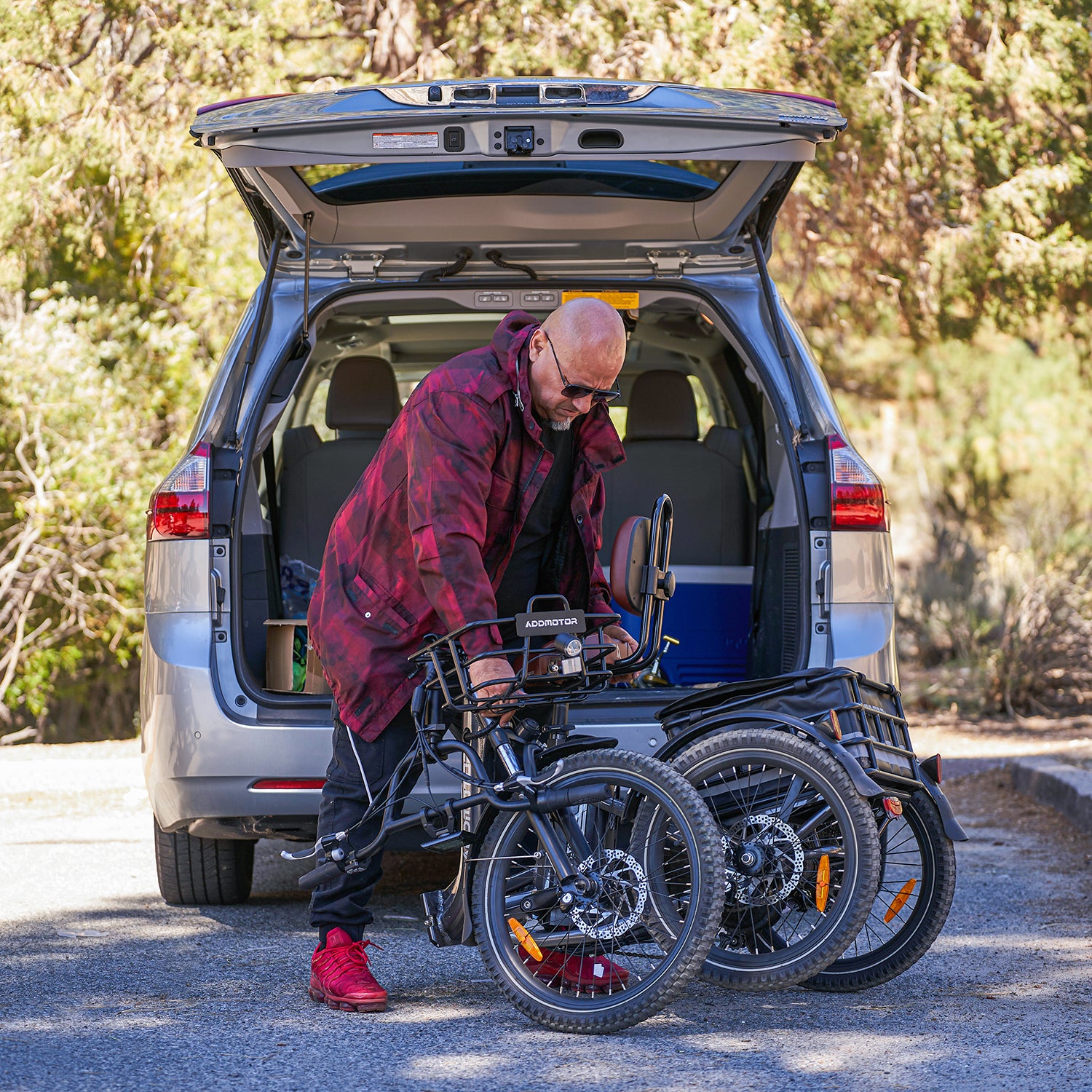
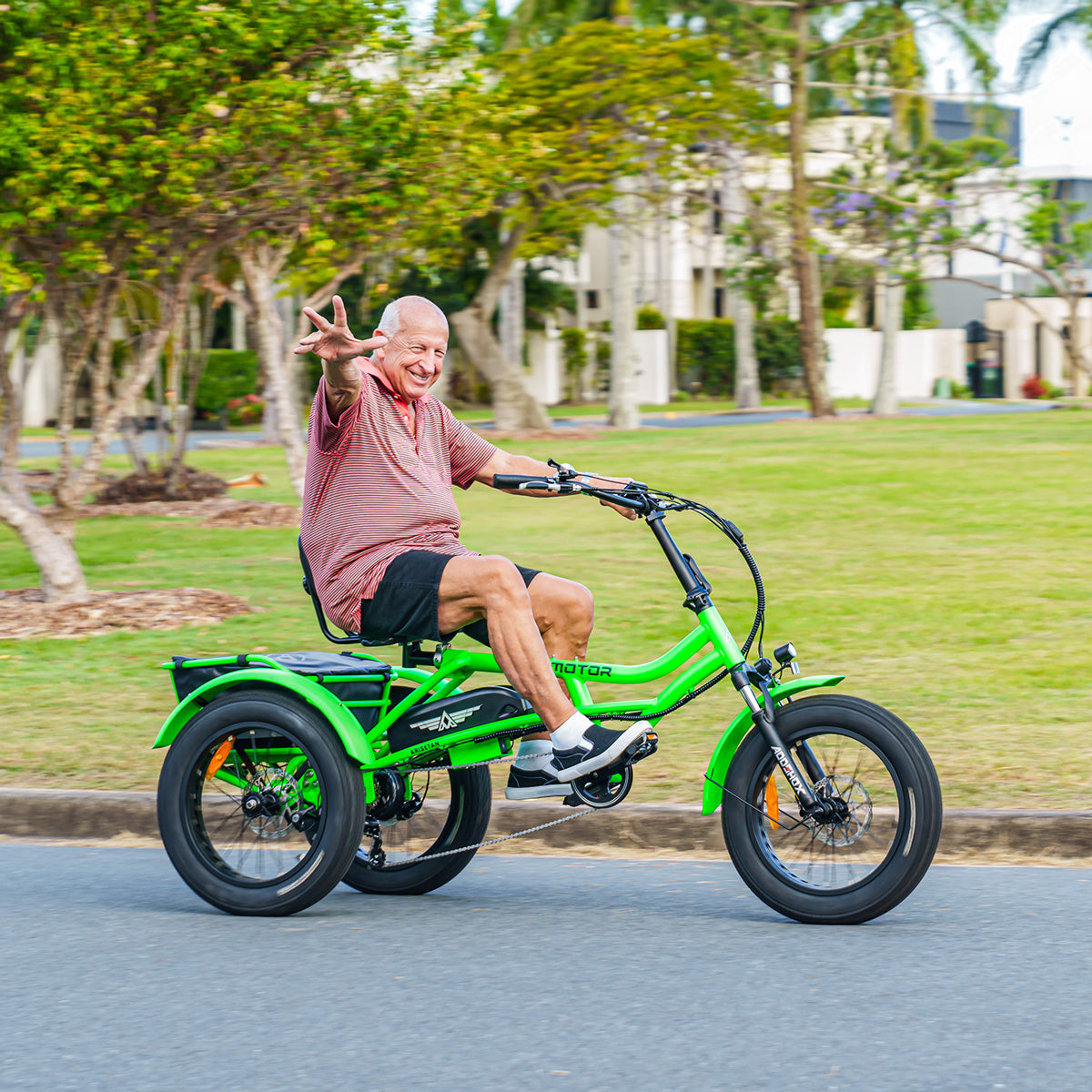
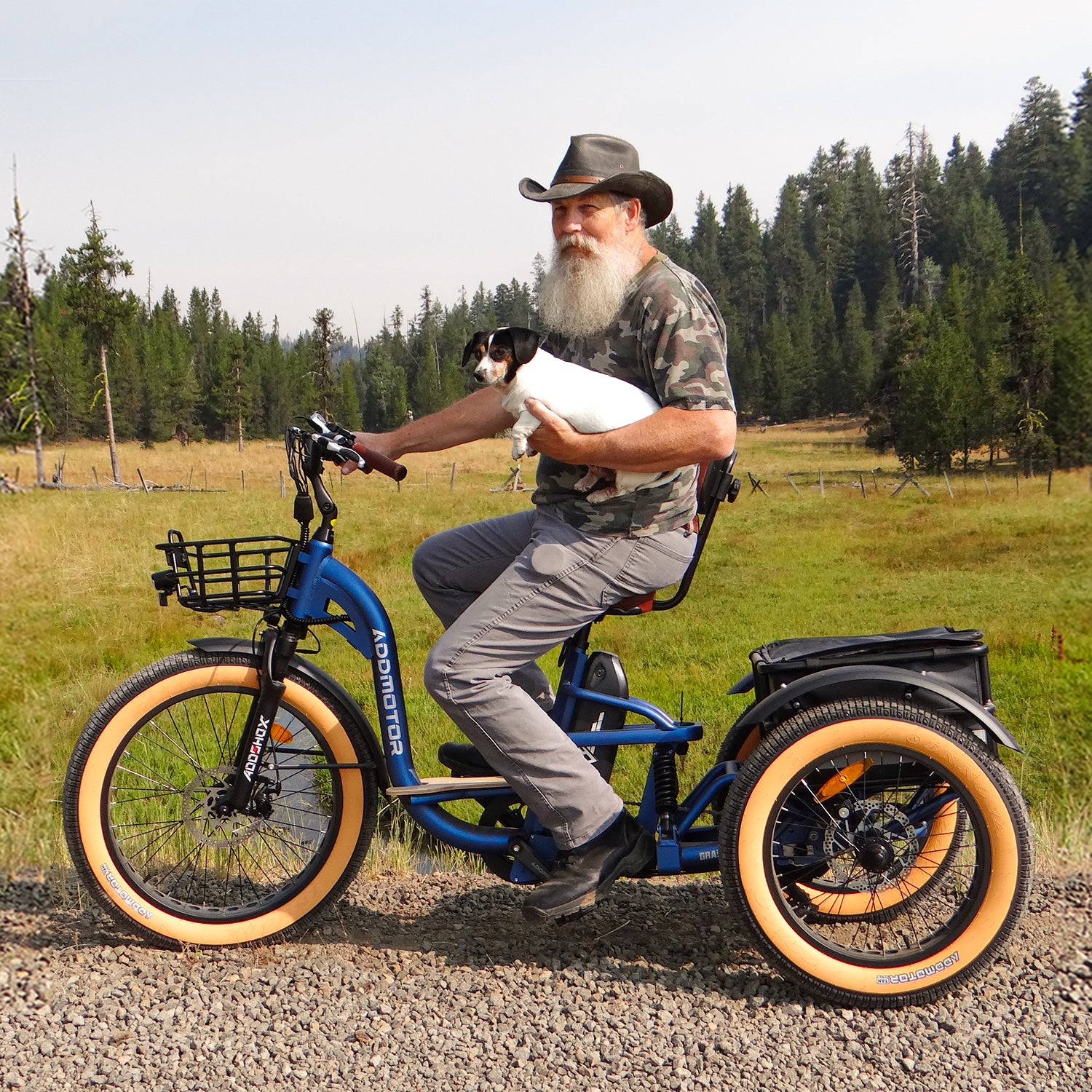
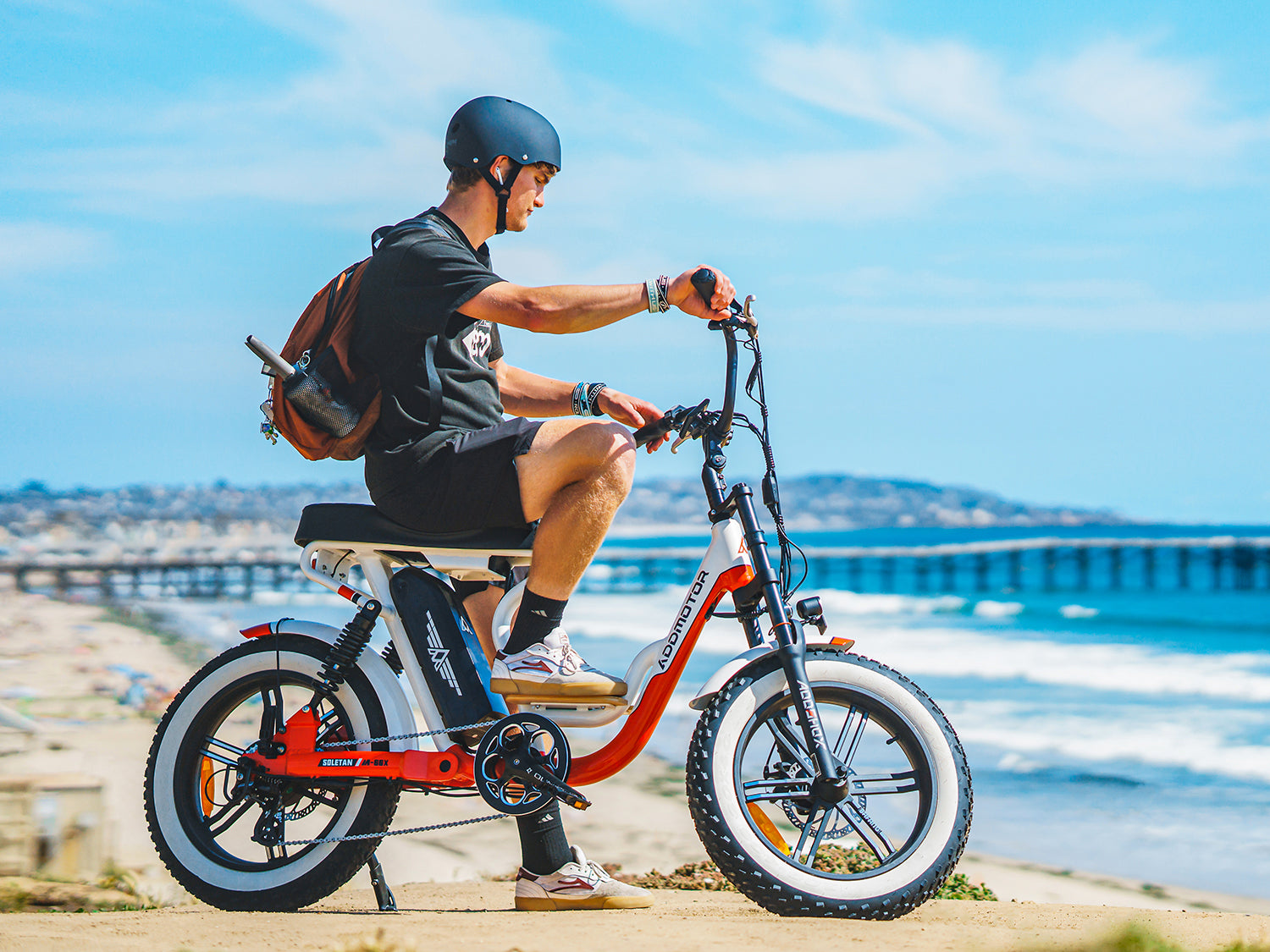
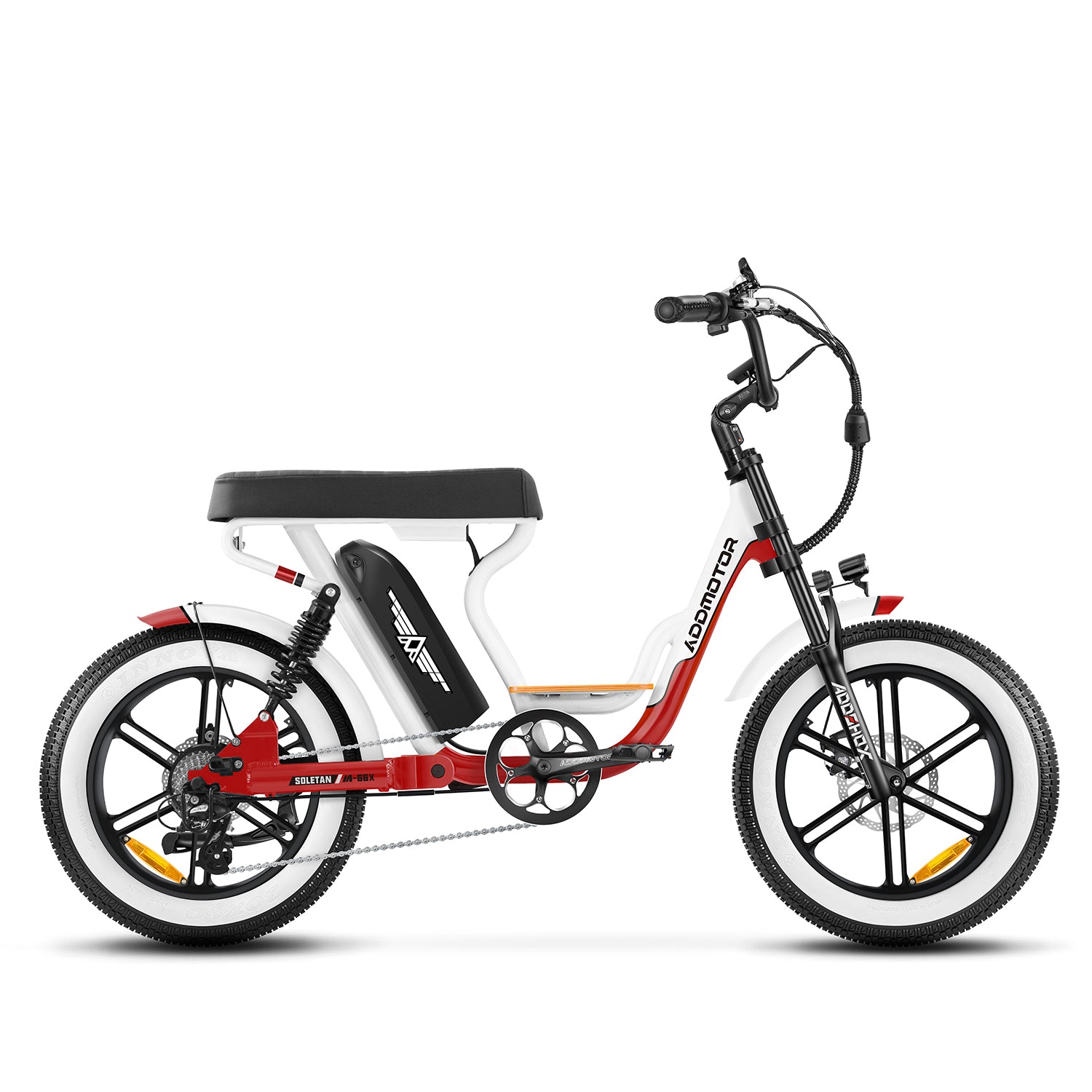
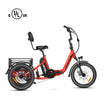
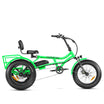
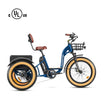
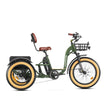
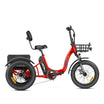
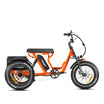
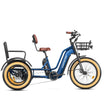
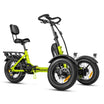
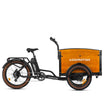
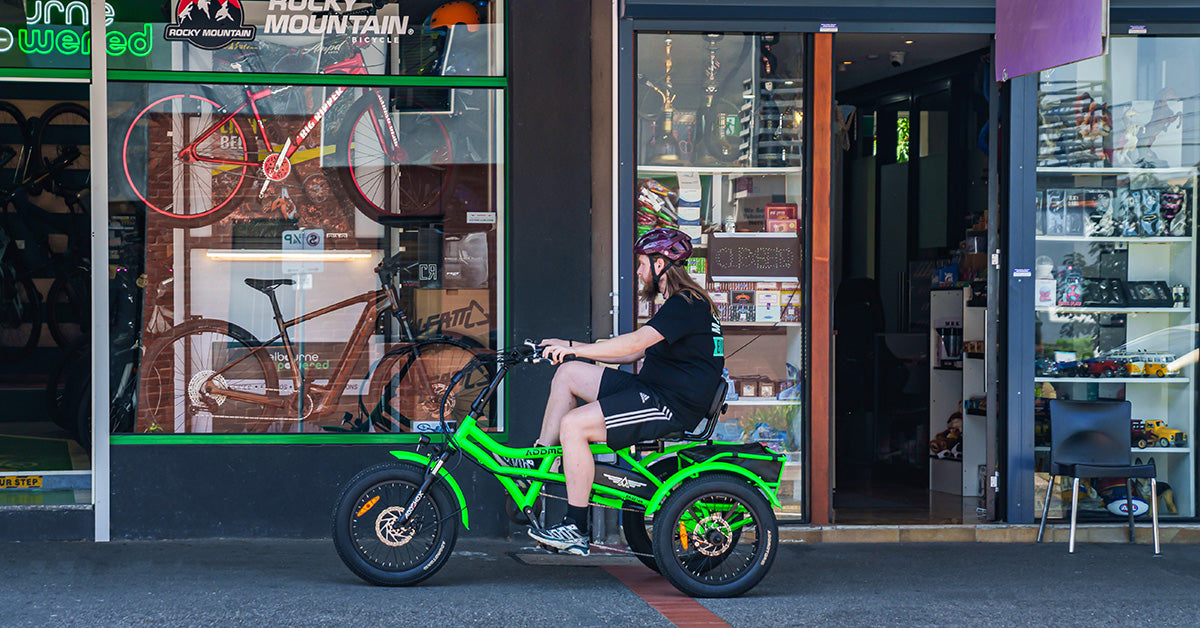
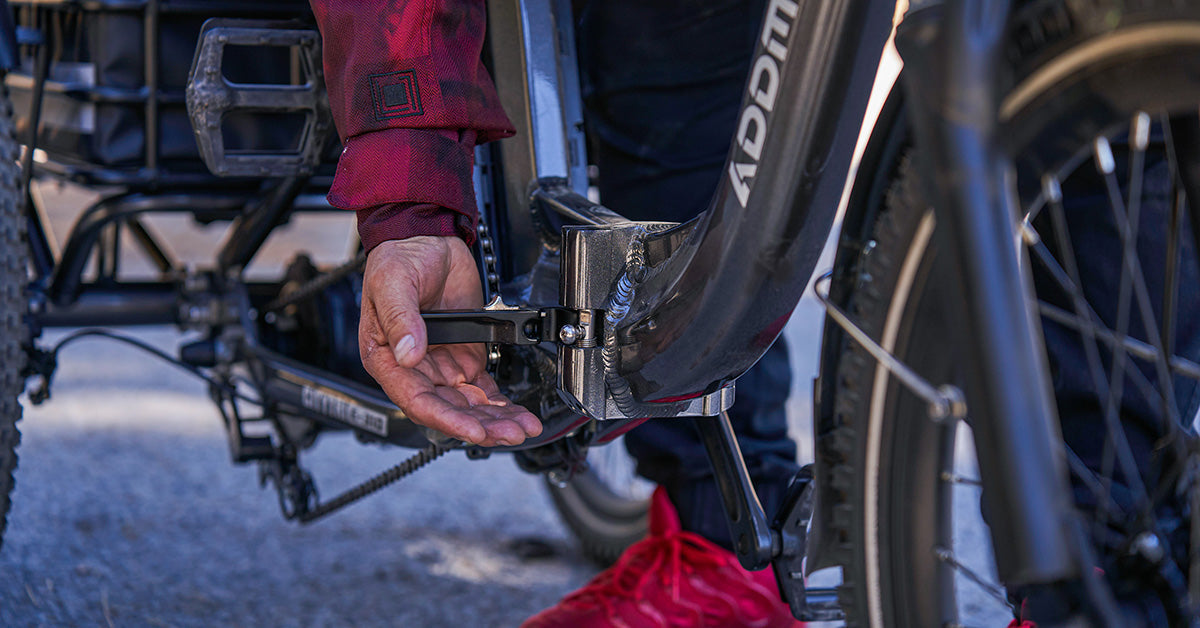
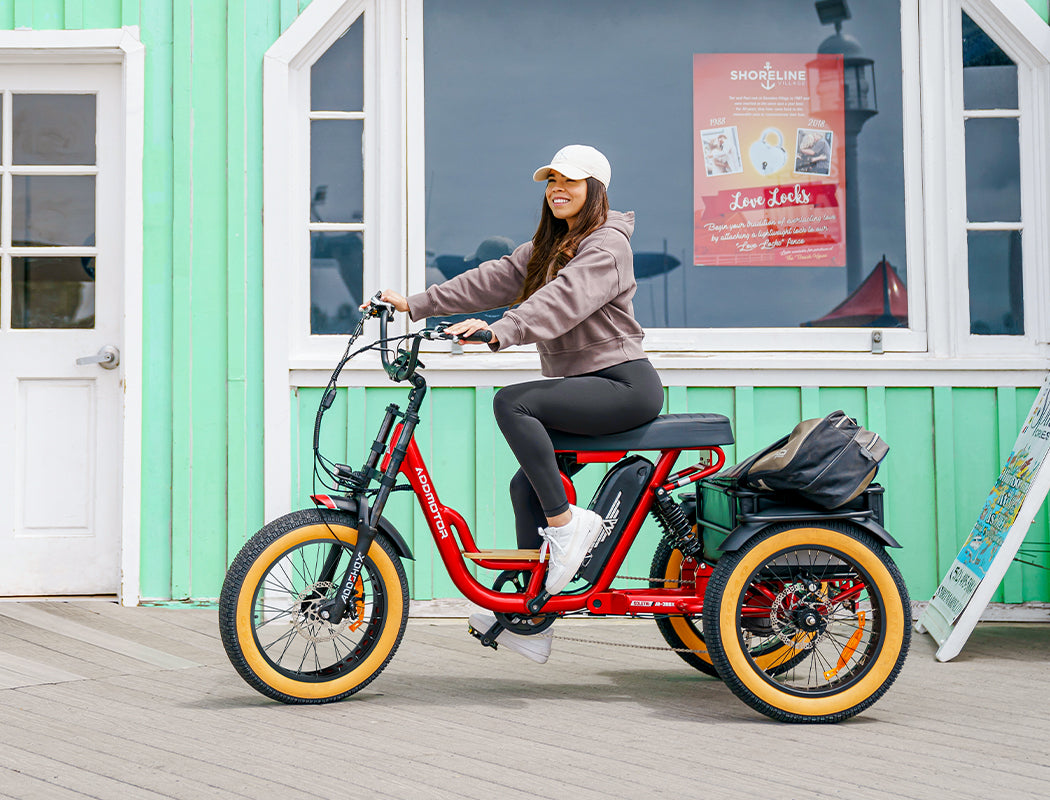
Leave a comment
This site is protected by hCaptcha and the hCaptcha Privacy Policy and Terms of Service apply.